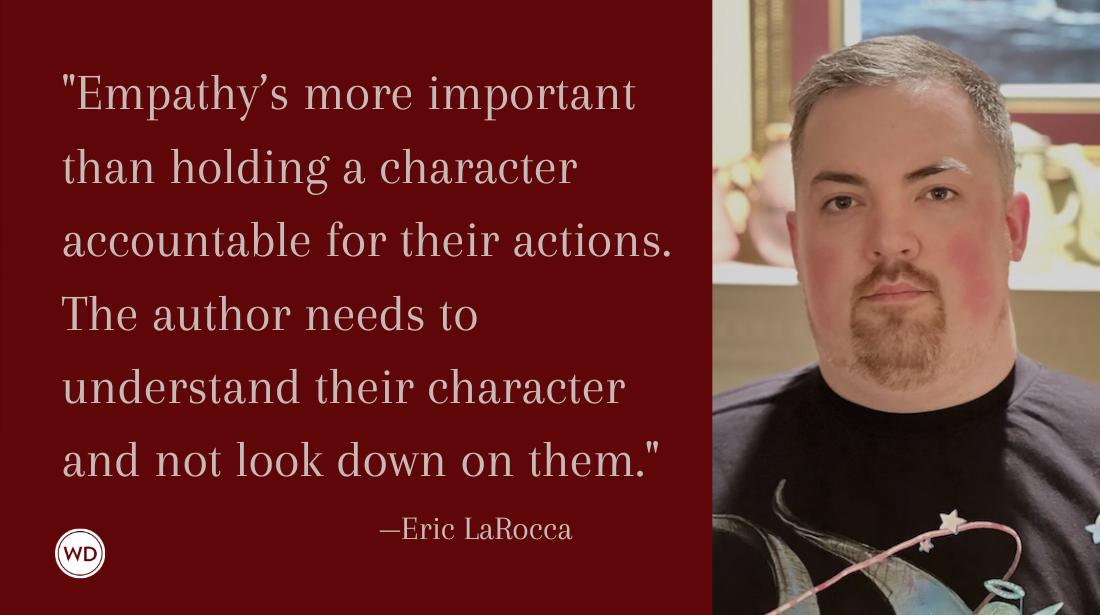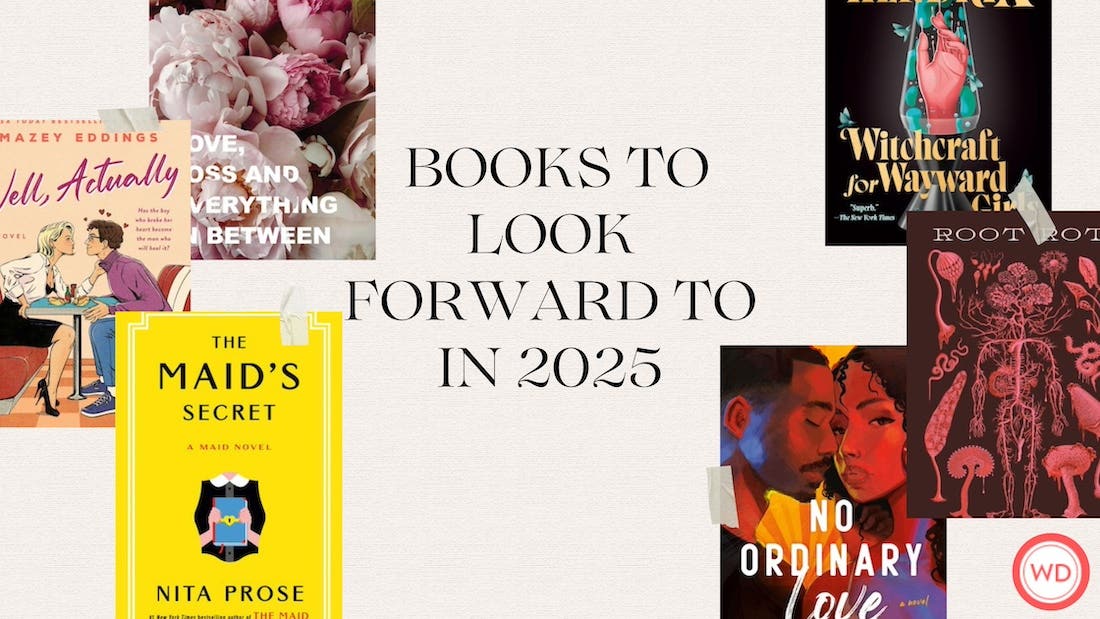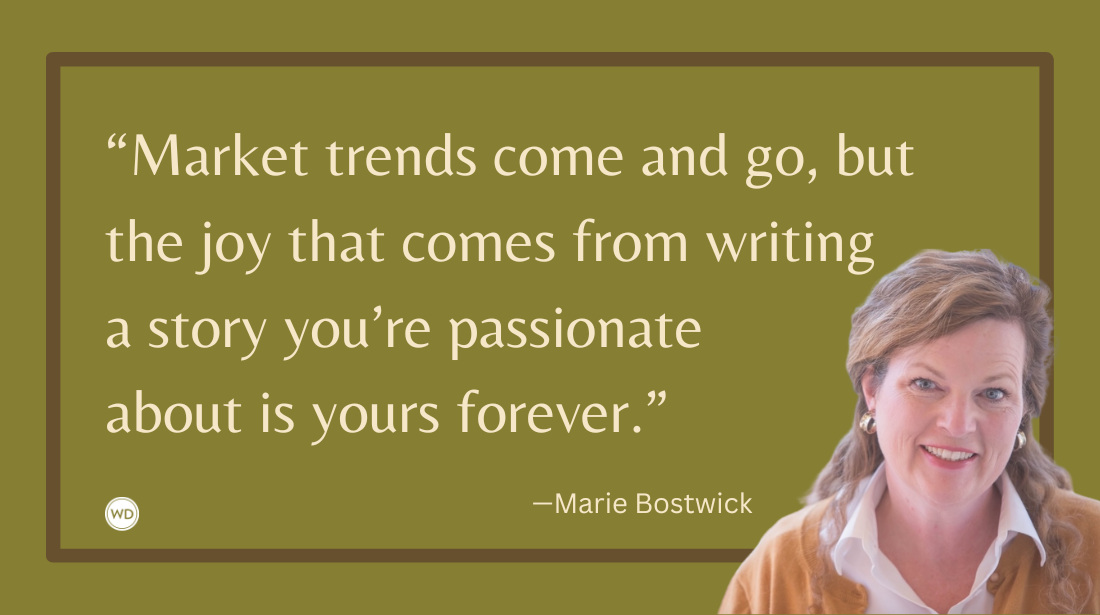Should We Write About the Pandemic in Fiction?
Is it too soon? What’s the best way to incorporate it? Am I lying if I don’t? Author Deb Caletti discusses the tricky issue of whether or not writers should write about the pandemic in fiction.
I started hearing the rumblings almost immediately among writer colleagues in the fall of 2020, the batting around of a nervous question: Do we, or don’t we?
Writers, as you know, are a nervous bunch in the best of times, let alone during a global pandemic. Our worries are numerous, stuck around us and our writing like a lavish array of Post-It notes. We worry about “market” and if our work will sell or find an audience; we worry about connecting to readers or not.
That “not” was the thing being debated when I began writing The Epic Story of Every Living Thing. That “not” centered around a single question: Should we write about the pandemic?
It was a thorny and impossible question, like all of the best questions are. It still is. First of all, we were (are!) tired. We were all so tired! Tired of every aspect of that horrible intruder, COVID. Tired of the stress, tired of the . . . well, the everything. Who would want to read about the pandemic, we wondered, on top of living it? Could we even bear to write about it? Didn’t we all need one long vacation from the subject?
There was the sheer horror of it, too, the human toll. A sense of too soon, the reluctance to press on a bruise, to intrude on very real loss and personal grief. And there were purely practical issues as well. If we did decide to write about the pandemic, how? It was an evolving situation, with an unreadable end point. Anything we set down on paper could be a moment in time, a continuing moving goalpost, a never-ending editing nightmare. Can you write about history in the middle of history?
For writers of realistic contemporary fiction, the questions got thornier still, because there wasn’t just the dilemma of tackling the subject matter, but of including its facets at all. Should our characters wear masks? How should we describe travel and work and going to school, gatherings, and weddings?
Sure, we could ignore it, but our readers might end up feeling the way we do when we watch an old movie now (old, meaning pre-2020, a different time), where there’s some crowded bar scene, a jammed concert, packed parties. It can seem as retro and quaint as big hair and shoulder pads, with a bass line of uh oh, the impending doom of knowing what’s coming when those innocents don’t. But if we did weave it into our work? It was all so . . . complicated.
I’m not doing it! seemed to be the consensus. Forget it, came the overwhelming verdict from writers on Twitter and elsewhere. No one seemed to want to touch the subject matter. Six feet wasn’t nearly far enough away from it, but there wasn’t enough sanitizer in the world to be rid of it, either. I wondered if every novel of contemporary fiction would forever be set in 2019. Or if we’d all just safely veer toward the past or the future, penning historical fiction or sci-fi until the dust settled. If the dust ever settled. It seemed that maybe, in our fiction, we were going to pretend that the pandemic didn’t exist. Telling the truth was just too hard and too messy.
I’ve always held two unwavering beliefs about writing, and those beliefs have been my vow and my mission in my work. First, I’ve always believed that it’s crucial for me to stay as close as possible to the real reason I became a writer: my own deep need and love for books, the way they’ve helped me understand myself and my world and have always been there for me as refuge and guides. Books have been my port in a storm throughout my life, the mast I lash myself to in difficult times, and more than anything, that’s what I want to give my readers—comfort, and the knowledge that they are seen. As a writer, whenever I get lost in the abundant Post-It note worries of publishing, this original desire is what I yank myself back to.
So I asked myself: Did I want to read about the pandemic? Did I need to? And, yeah, you know, I actually did. I may not have wanted to swim around in the daily, excruciating details, but I was longing to read something that helped me find a place for it all. I wanted a book to reach out its hand to me, to say, I hear you, I get it, that’s how I felt, too. I wanted the unique company and support of a book. Books make difficulties a shared experience. When we read about something we’ve also lived through, we realize that, thankfully, the story is not just our own.
The other belief I’ve always held: As a writer, I’ve made a promise to tell the truth. That truth, told in my own honest voice, is my most powerful force, both in life and on the page. I’m sure of it. So, in the fall of 2020, not talking about the pandemic wasn’t honest and it wasn’t true. It happened, is happening, and during that time, there was already enough truth being denied. I wanted a book to tell me the truth, too.
IndieBound | Bookshop | Amazon
[WD uses affiliate links.]
As I sorted through these complicated questions of yes or no, I realized something else—the big questions for writers and for all human beings right then were the same. Has life irrevocably changed? What do we do with the uncertainty of that? How do we tell the story of what just happened? Those questions were the story.
In The Epic Story of Every Living Thing, 17-year-old Harper Proulx, at the height of her post-pandemic anxiety, sets out with her half siblings to find their sperm-donor father. The events of that summer and the man they discover—a charismatic deep-sea diver obsessed with solving the mystery of a fragile sunken shipwreck from the 1880s (whose real-life captain, the 19-year-old Mary Patten, has an astonishing story of her own)—drop Harper, literally, into the deep, beautiful waters of identity and connection. At the heart of the novel is what Harper, what I, what many people were feeling: Who are we in dark times, and who are we after them?
In the novel, Harper struggles with the anxieties of the time she’s living in, and she questions who she is, wrestling with what it all means, because I wanted to tell my readers I hear you. I get it. Me too. I wanted to say, Wow, isn’t it messed up what we went through and are still going through? I wanted to say, This is a strange, strange time. I wanted to extend a book in comfort and understanding, as I needed to reach for a book with comfort and understanding. I wanted to say that true stuff is hard and has always been hard, but throughout history, people have persevered, and there is comfort and hope in that.
In writing and in life, we are always in the middle of history. It is all so complicated. The truth, most definitely, is messy and hard. In the novel, Harper begins to recognize that every creature and human being who ever lived has an epic story. She learns how powerful and necessary it is to tell the truth of her own story, to live the truth of that story. That story, she finally understands, is all of ours.
Deb Caletti is the award-winning and critically acclaimed author of over 16 books for adults and young adults, including Honey, Baby, Sweetheart, a finalist for the National Book Award; A Heart in a Body in the World, a Michael L. Printz Honor Book; Girl, Unframed; and One Great Lie. Her books have also won the Josette Frank Award for Fiction, the Washington State Book Award, and numerous other state awards and honors, and she was a finalist for the PEN USA Award. She lives with her family in Seattle.








